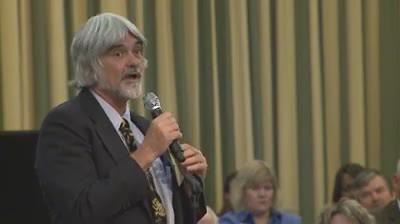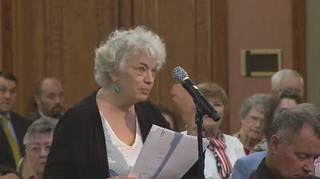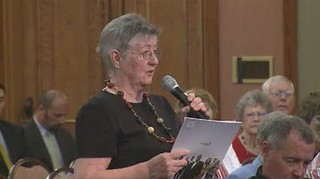Glenn Carroll of Nuclear Watch South asked GA PSC to raise the 2 MW solar cap and to get Georgia Power to build solar in Georgia rather than in distant states, plus efficiency and conservation, at the Georgia Public Service Commission meeting Tuesday 18 June 2013.
She said they’d gotten a lot of national attention on Plant Vogtle, which was having a legendary bad year, in procurement, costs, etc. She praised Sierra Club, Georgia Watch, and Southern Alliance for Clean Energy (SACE) for intervening in Georgia Power’s IRP.
The world has changed really really fast and Georgia Power is being isolated. It is protected financially of course because of the small business and residential customers that are covering all of the risks that they are taking. We want solar power here, not Arizona and New Mexico.
She recommended conservation and efficiency programs at Port Angeles, presumably the one in Washington State.
Here’s the video:
Continue reading











